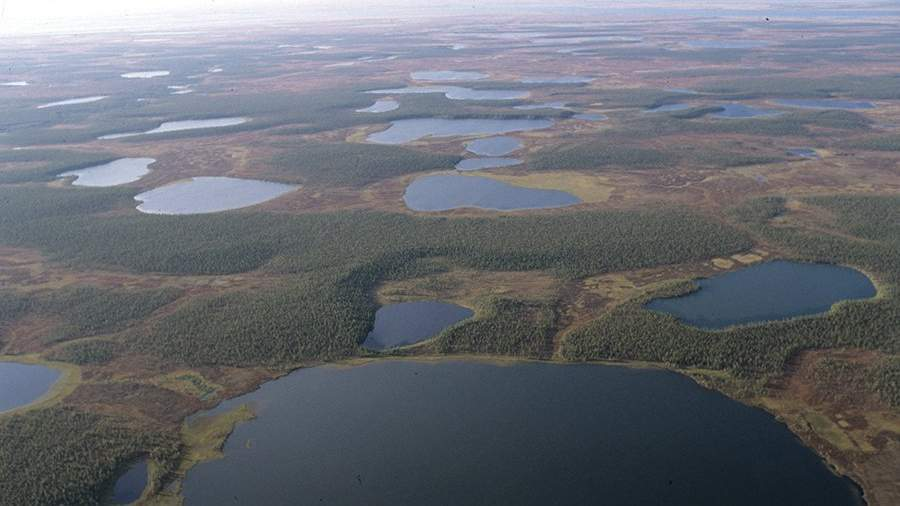
In Taimyr, the first stage of the expedition was completed, during which the researchers collected data to study the possibility of restoring water quality and increasing the productivity of Arctic lakes using guanotrophication.
Researcher at the Bird Ringing Center of Russia, A.N. Severtsov Institute of Ecology and Evolution RAS, candidate of biological sciences Sofia Rosenfeld spoke about the ornithological component of the expedition.
According to her, scientists have caught, marked with transmitters and ringed 7 tundra bean geese and one white-fronted goose, all nesting local birds.
“We have also marked 13 tundra swans. The transmitters, we hope, will give us information about the migration routes and wintering grounds of the main hunting mass species of geese and the tundra swan, which is actively increasing in numbers,” she added.
According to the expert, the obtained materials can be used to calculate the percentage of breeding birds in the population, the average size of broods and other parameters that are important for monitoring anseriformes. The collected material will also be used for a popular science film about Taimyr.
Next year, the expedition members plan to continue marking and aerial surveys of anseriform birds.
The work was also carried out in the hydrobiological direction and was 100% completed.
“Water samples were taken from 21 lakes for nitrogen, carbon, phosphorus and phytoplankton analysis. All samples from Norilsk were sent to the laboratories of the Institute of Biophysics of the Siberian Branch of the Russian Academy of Sciences, where laboratory processing of phytoplankton samples and other analyzes will be carried out. Based on the results of these studies, a plan for further actions will be developed,” said Tatyana Anufrieva, a member of the expedition, candidate of biological sciences, senior researcher at the IBP SB RAS.
In November 2021, Mikhail Gladyshev, Corresponding Member of the Russian Academy of Sciences, Head of the Laboratory of Experimental Hydroecology of the Institute of Biophysical Physics SB RAS, Head of the Department of Aquatic and Terrestrial Ecosystems of the Siberian Federal University, PORA expert on aquatic ecosystems, proposed to explore the possibility of using guanotrophication in Taimyr lakes. The essence of the method is the introduction of natural fertilizer obtained from near-water birds into the water. It leads to an increase in the abundance of beneficial microalgae that underlie the food chain of valuable fish species.
An alternative way to artificially increase the productivity of water bodies - the introduction of mineral fertilizers into the water - is dangerous because it can cause "blooming" of cyanobacteria or "green tides" of filamentous algae. With such phenomena, many species of fish disappear, scientists say.
Related materials:
Northern City: "Birds that live in water bodies have a positive effect on their productivity"
24rus: "The first stage of the expedition on guanotrophication of lakes was completed in Taimyr"
Ren-tv: "The first stage of the expedition on guanotrophication of lakes has been completed in Taimyr"
Taimyr telegraph: "Arctic birds can help "fertilize" the lakes of Taimyr"
